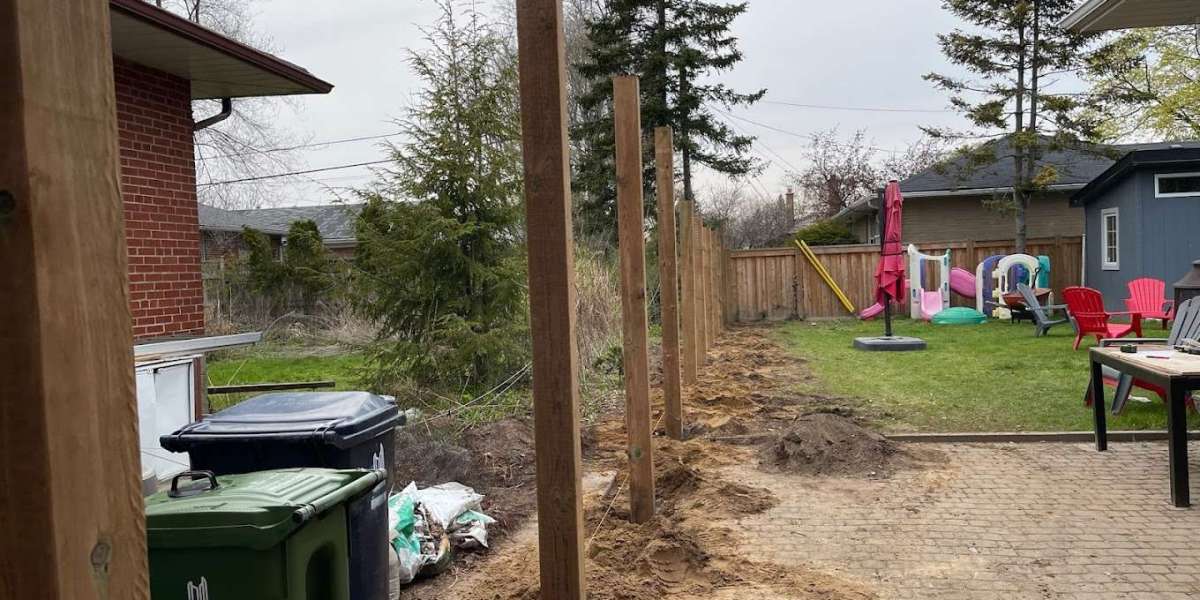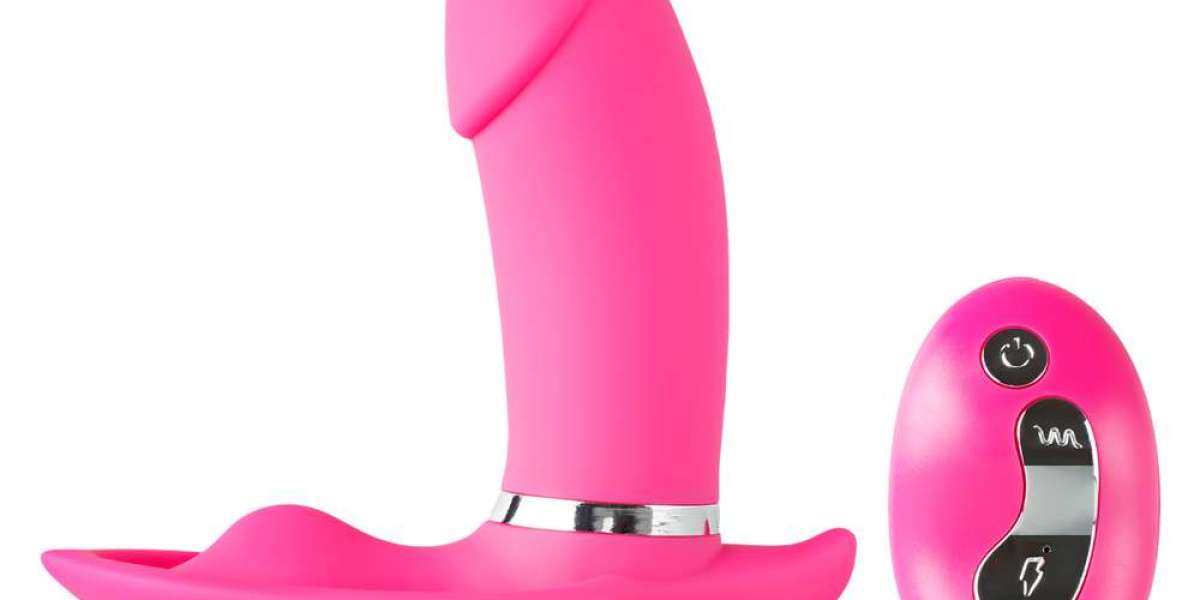When it comes to selecting a surface for outdoor spaces, the options can be overwhelming. From concrete pads to asphalt, gravel, and pavers, each material presents unique advantages and drawbacks. This article aims to compare concrete pads with other popular surface options, examining their durability, cost, maintenance requirements, and aesthetics. By the end of this analysis, you'll have a clearer understanding of which surface option may be the best for your specific needs.
The Benefits of Concrete Pads
Concrete pads have been a popular choice for various outdoor applications, such as patios, driveways, and walkways. One of the most significant benefits of concrete is its durability. When properly mixed and cured, concrete can withstand heavy loads, making it ideal for driveways that see a lot of vehicle traffic. According to the American Concrete Institute, well-maintained concrete surfaces can last over 30 years, which is substantially longer than many alternative materials.
Exploring Asphalt as an Alternative
Asphalt is another popular surface option, particularly for driveways and parking lots. Like concrete, asphalt is durable and can support heavy loads. However, it generally requires more maintenance than concrete. Regular sealing is needed to prevent cracks, and even with proper care, an asphalt surface typically lasts 15 to 20 years before needing significant repairs or replacement. This shorter lifespan may offset its lower initial cost compared to concrete.
The Appeal of Gravel Surfaces
Gravel surfaces provide a unique rustic charm and are often seen in driveways, pathways, and even as a base for fire pits. One of the most significant advantages of gravel is its cost-effectiveness. Gravel is cheaper to install than concrete and can be a good choice for those on a tight budget. Furthermore, gravel is relatively easy to install, making it a popular DIY project.
The Versatility of Pavers
Pavers, which are often made from concrete, stone, or clay, provide an appealing surface option due to their versatility and aesthetic options. Pavers come in various colors, shapes, and sizes, allowing for unique designs that can enhance the overall look of a property. They are also relatively easy to replace if one becomes damaged, which is a significant advantage over poured surfaces like concrete.



